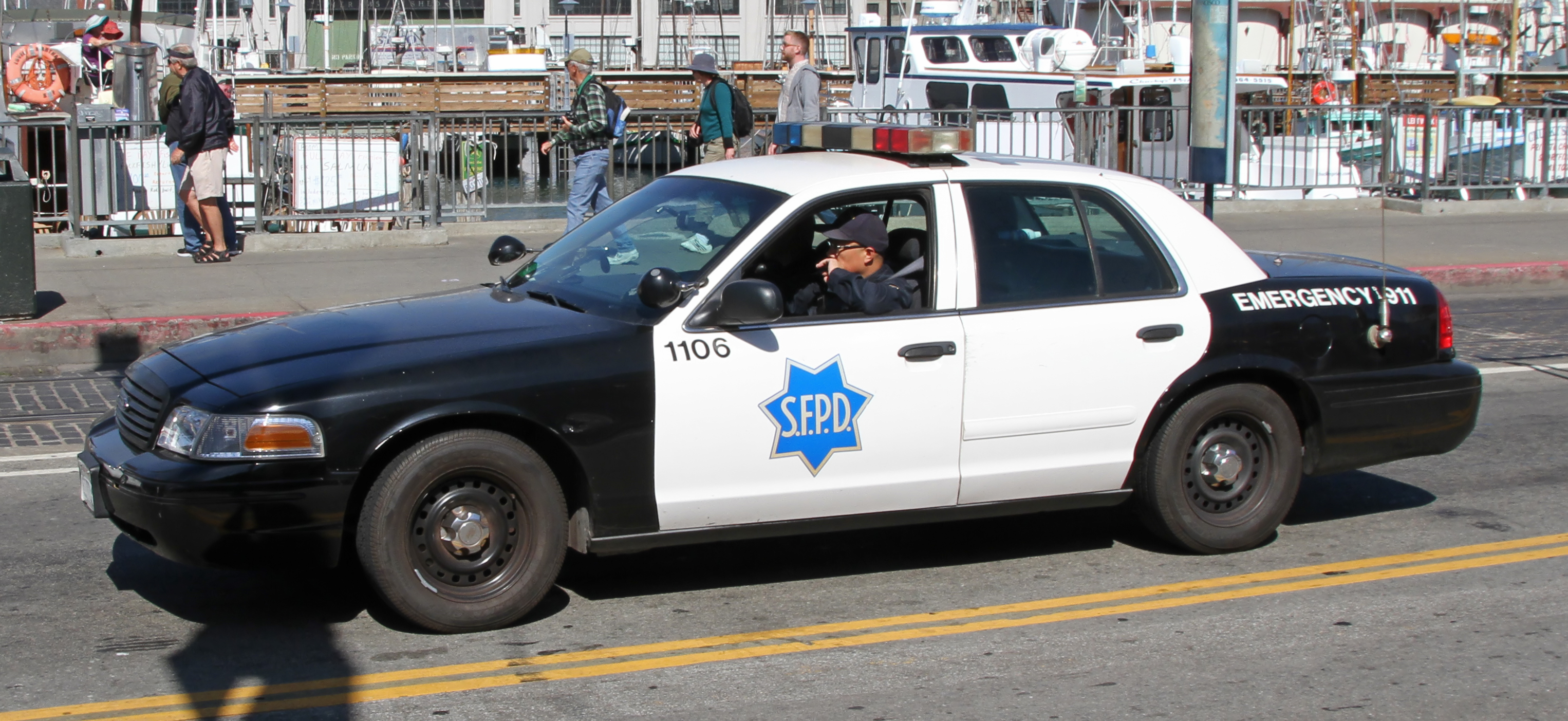SAN FRANCISCO—The San Francisco Police Hostage Crisis Negotiation Team responded to a total of 80 calls in 2016, the highest number in recent history. The team responds to an array of calls involving standoffs, ranging from actual hostages, to a barricaded suspect, or a person’s suffering from a mental health crisis.
Mental health crisis calls are the highest hostage crisis negotiation that the team experiences, receiving more than 3,000 reported calls a month regarding a mental health situation. The goal is to prevent authorities from using physical force, only as a last resort.
Mario Woods had been a suspect in a stabbing, and was shot and killed by police while armed with a knife in December 2015. Woods’ family believes he was in an altered mental state and required medical attention.
“We’ve all taken to heart de-escalation, the sanctity of life and trying to negotiate a peaceful resolution so that no one needs to get hurt, either the officers or the public or the suspects,” said Sgt. Lisa Frazer, acting officer in charge of the hostage crisis negotiation team.
The hostage team was established in 1974 and works additionally in full-time positions in different stations and bureaus throughout the San Francisco Police Department. The department does not want to release the exact number of those on the team for safety and technical reasons.
Among the hostage team’s cases in 2016 included calls for an alleged suicidal man with a gun in the Tenderloin District, a 13-year-old autistic boy armed with a knife in the Mission District, a 25-hour standoff in the Ingleside neighborhood with a barricaded robbery suspect, and a four-hour-long incident involving a man with outstanding warrants who was in the water under Pier 48. All incidents ended peacefully and in October 2015, hostage team officers coaxed a man threatening to jump from a third-floor ledge by bringing his cat to the scene.
The team members attend a 40-hour introductory course and are annually retrained to maintain the mental ability to undergo situations that could last hours. The team is required to carry a special backpack containing the basic supplies needed in a hostage crisis; some of those supplies include hostage team vests, shields, Sharpies, and note cards.
The roles within the team include the officers that attempt communication with the person in crisis, some officers run background checks and find family members of the person in crisis, or work to find other ways to defuse the situation peacefully.
“When the class was originally developed and put together, I think people viewed it as, ‘But we are already doing this,’” said Sgt. Laura Colin, who helps run the crisis-intervention training program.
The key, she said, was “to frame it to the officers in terms of, ‘We know you’re already doing it. We don’t think that you’re not. We just want to fine-tune some of those skills.’ When you frame it in that way, they understand that it’s not something being shoved down their throats,” Colin said.
“That this is something they’ve been doing for five, 10, 15 years. And like any training that we do, there have to be refresher courses along the way,” she added.
The SFPD has set a new goal where every officer will undergo Crisis Intervention training. The long-term result is hoped to be a specialized team that will work side-by-side with mental health experts from the Department of Public Health.
A policy was passed December 21, 2016, by the Police Commission to begin a more thorough and in-depth crisis training program.






